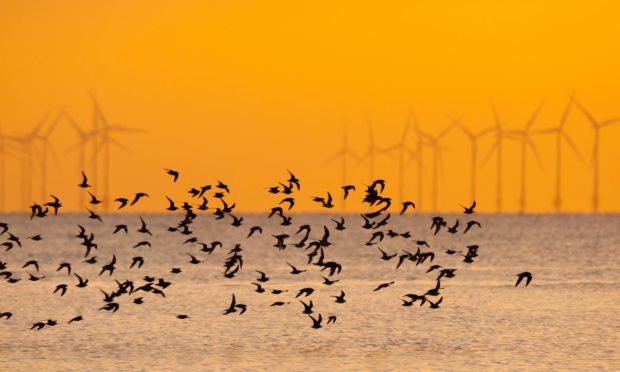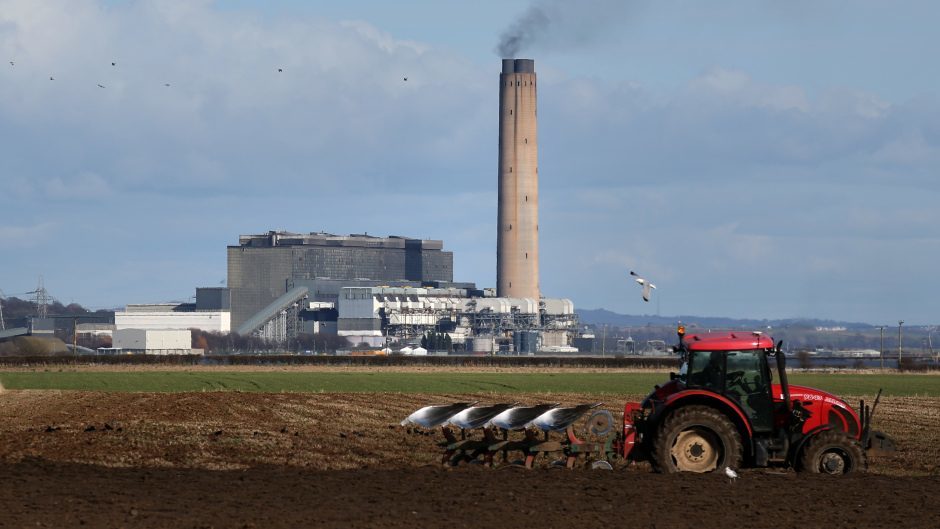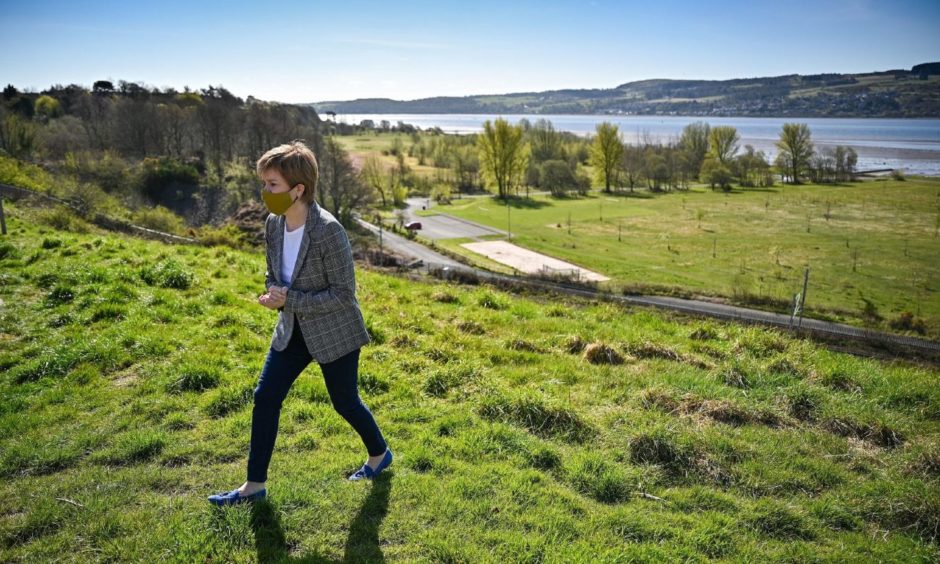All politicians, whether at Scottish or UK level, are anxious to reduce the country’s carbon footprint.
And that desire has only been heightened by the fact that Scotland is to host COP26, the world’s major climate change conference, in December. Crucial to achieving that goal is a reduction in fossil fuel generated power from coal or gas and a switch to renewables.
Nowhere is better placed for renewable energy than the north of Scotland. But development here is being constrained by outdated electricity transmission charges, imposed by the UK Government.
This system was introduced almost 30 years ago to encourage the establishment of power stations near where they were most needed – close to city conurbations, and in particular the heavily populated south-east of England.
It is an extremely complex charging system, but basically the idea was that transmission of electricity over a short distance was charged less per megawatt-hour than power sent from further away. The system was initially introduced only for England and Wales but was later extended to Scotland.
Scotland pays for electricity – other countries are paid for it
And that brings us to the present situation, where the expansion of renewable developments in the north of Scotland is now being seriously held back by these charges.
A wind farm in the north of Scotland pays £5.50 per unit of electricity, while a wind farm in Wales is paid £2.80 per unit
Transmission charges in the north of Scotland are £7.36 per megawatt-hour, compared to £4.70 in southern Scotland. In some areas of the south of England, generators are actually paid to use the transmission network.
It produces the ludicrous situation where a wind farm in the north of Scotland pays £5.50 per unit of electricity, while a wind farm in Wales is paid £2.80 per unit. The knock-on effect on the economy of the north is palpable.
Worse still, in Europe, by contrast, EU generators pay an average of just 46p, allowing exporters in Germany, France and the Netherlands to export energy to the UK at a cheaper cost than electricity produced here.
Not a new problem
This isn’t a new problem. I recall Alex Salmond, when he was First Minister, raising the issue with the UK Government without success. And that was long before the most recent expansion of renewable energy projects, both onshore and offshore in Scotland.
It isn’t just renewables which are affected, although in the current drive to reduce carbon emissions, these are the ones most often highlighted.
Longannet Power Station in Fife – once the largest coal-fired station in Europe – faced charges of £17.15 per kilowatt to produce electricity, while an equivalent power station at Land’s End in Cornwall would actually be paid a subsidy of £5.80 per kilowatt. Longannet was forced to close five years ago and has just been demolished.
Something must be done if politicians are serious about net zero
Scotland is a net exporter of electricity. And an increasing percentage of that power is produced by renewables – mostly wind and, to a lesser extent, hydro. And where is that wind and water most common and available for harnessing? The north of Scotland. So if politicians really are serious about reaching net carbon zero on electricity production, then something has to be done about transmission charges.
Earlier this year, speaking at a Scottish renewables conference, First Minister Nicola Sturgeon echoed her predecessor’s call for the entire system to be overhauled. She said that the current system of energy network charges had been a barrier to investment in Scotland for too long and that higher transmission costs on generation far from where it was most demanded was no longer appropriate.
This was particularly true in an age where moving to net zero was the planet’s top priority, she added. And she suggested that Westminster might be open to persuasion on this matter.
A sense of urgency is lacking
It’s just six months since the UK Government produced its Energy White Paper, which promises a “net zero future”. It claims that offshore wind development will be capable of powering every home in the UK by 2030.
Included in the document is a commitment that legislation will be brought in “when Parliamentary time allows” to introduce competitive tendering in the electricity distribution and transmission network. While not a solution in itself, this at least would open up the whole issue for discussion and, hopefully, overhaul.
A decision on overhauling renewable transmission charges from Scotland would be a small but symbolic and significant gesture towards net zero
However, it has to be said that a sense of urgency is lacking. Successive Scottish First Ministers have now raised the problem, and the UK Government has at least committed to examining alternatives to the current system. In a few months’ time, world leaders will arrive in Scotland for COP26 in a bid to accelerate action to implement the Paris Agreement and the United Nations Convention on Climate Change.
A decision on overhauling renewable transmission charges from Scotland would be a small but symbolic and significant gesture towards that goal.
Campbell Gunn is a retired political editor who served as special adviser to two First Ministers of Scotland



